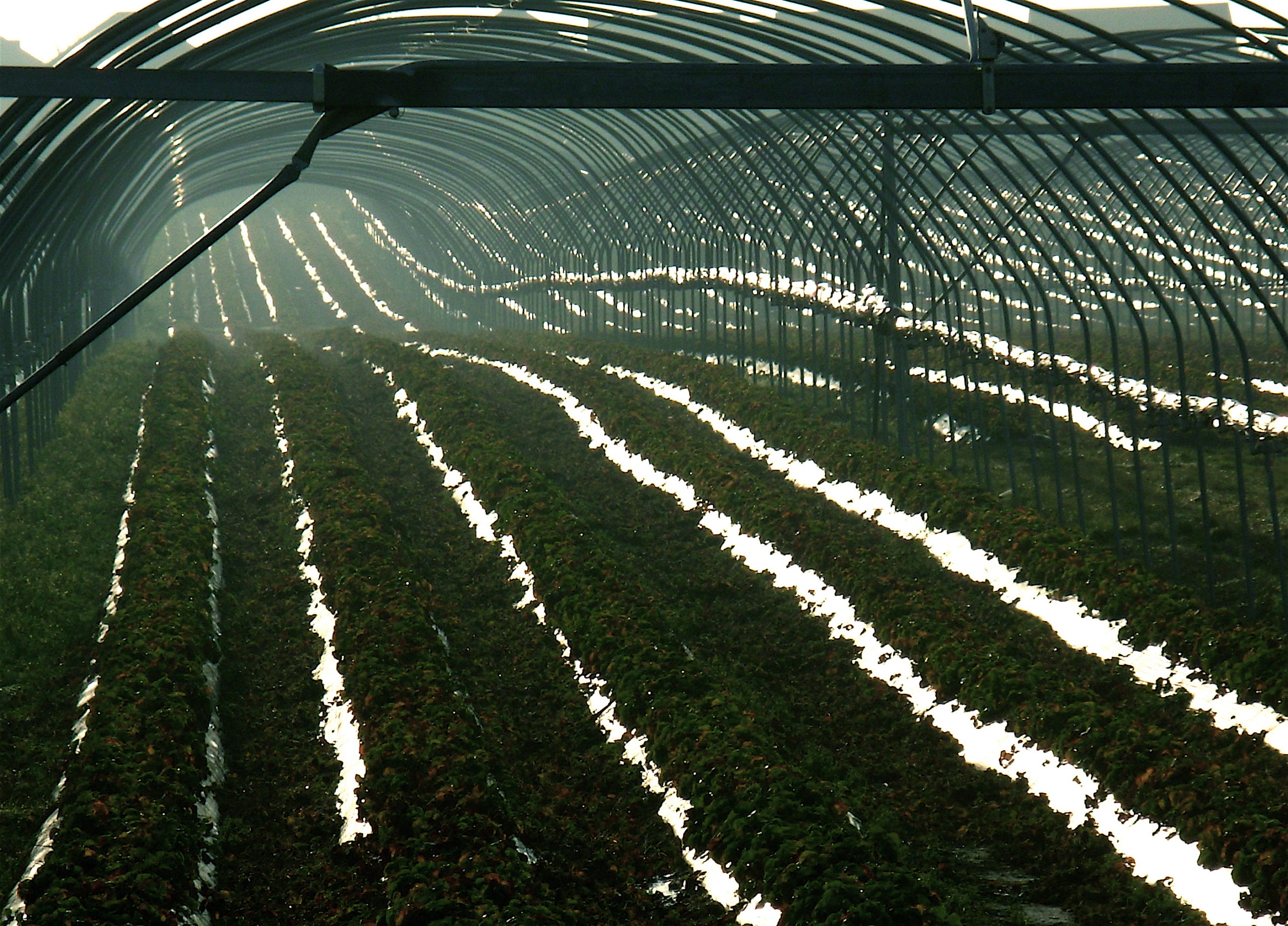
UCM – INFEWS
Catagories: Agriculture Economics | Resilient Communities | Systems Analysis in WaterHydrological Modeling
The objective of this project is to establish a reliable concurrent and subsequent water and energy portfolio for CA’s food sustainability. A viable solution is to dynamically link CALVIN with other socioeconomic and biophysical models. In this work, we go over the theory of integrating SWAT with CALVIN to create an effective portfolio.
The primary goal of this project is to develop the present and future water and energy management portfolios for CA’s food sustainability. For this purpose, we employ the California Value Integrated Network (CALVIN) model, a highly detailed statewide hydro-economic model, to investigate energy use through cost-based economic analysis of CA’s inter-tied water network. Such a detailed model uses complex cost functions to estimate the cost of pumping, benefit from hydropower, including the cost of operating conveyance facilities.
Our objective is to dynamically link CALVIN with other socioeconomic and biophysical models like Envision and quantify the strength of food-energy-water nexus in the state’s Central Valley as shown in Figure 1, under current and future. This dynamic coupling will represent the human-decision making in parallel with biophysical change under plausible future climate change scenarios, which is beneficial for decision-makers to find optimal management strategies and policies for wildland, storage, and cropland, including devising reservoir operation rules or aquifer recharge scheme that will minimize systemwide water and energy scarcity and operating costs without impacting the food production.

Figure 2: Integration of SWAT with CALVIN in modeling California’s food-energy-water nexus
The initial step to achieving the goal of this project is to integrate CALVIN and SWAT to estimate accurate water balance. In this task, we are considering modeled evapotranspiration of applied water to derive water delivery from SWAT. Based on this information, we further quantify the deep percolation and surface water return flow that lead to cost functions. Modified input from SWAT will augment the input to CALVIN and provide accurate water delivery in agricultural regions of the Central Valley. Further, we will compare the water delivery from new CALVIN runs with the existing historical run to estimate the reliability of SWAT results.
Collaborators:
Dr. Josue Medellin-Azuara – UC Merced
Dr. Martha Conklin – UC Merced
Dr. Roger Bales – UC Merced
Dr. Mohammad Safeeq – UC Merced
Dr. Kirsten Oleson – University of Hawaiʻi Mānoa
Dr. John Bolte – Oregon State University
Dr. Mike Goulden – UC Irvine
Dr. Tapan Pathak – UC Merced
Dr. Shrad Shukla – UC Merced
